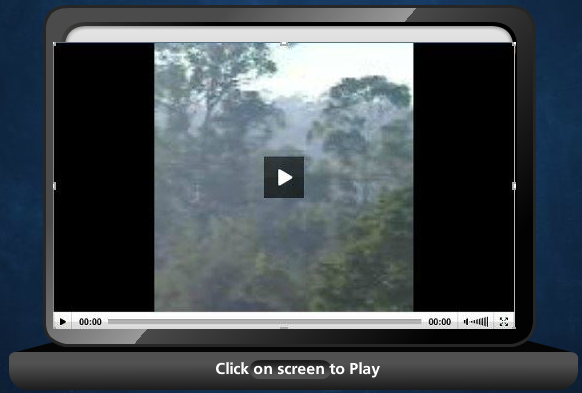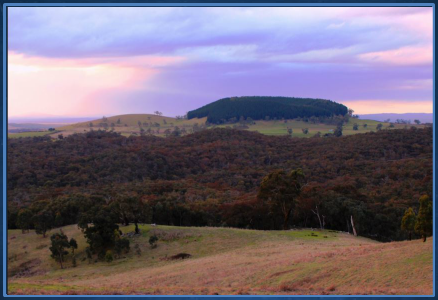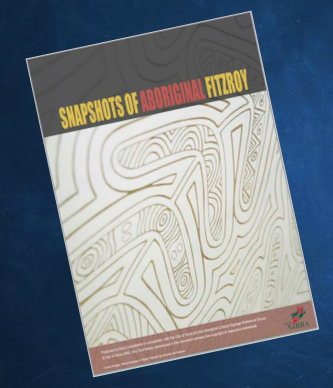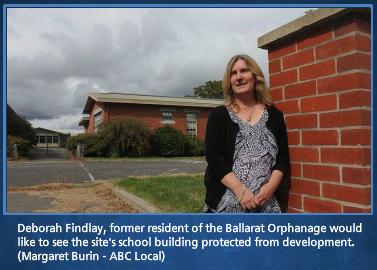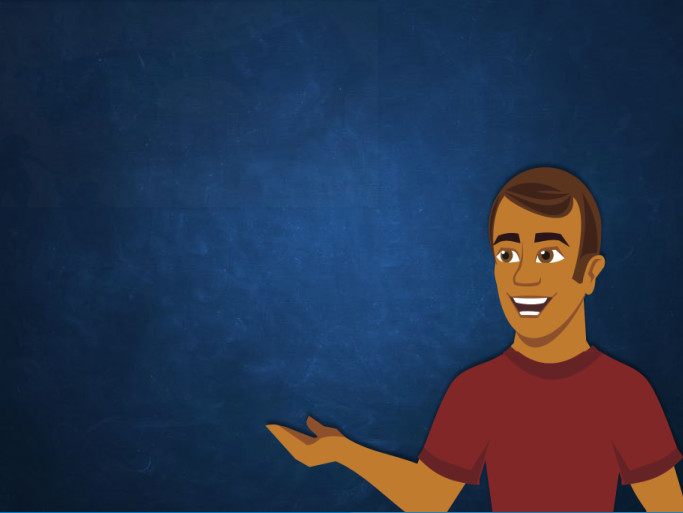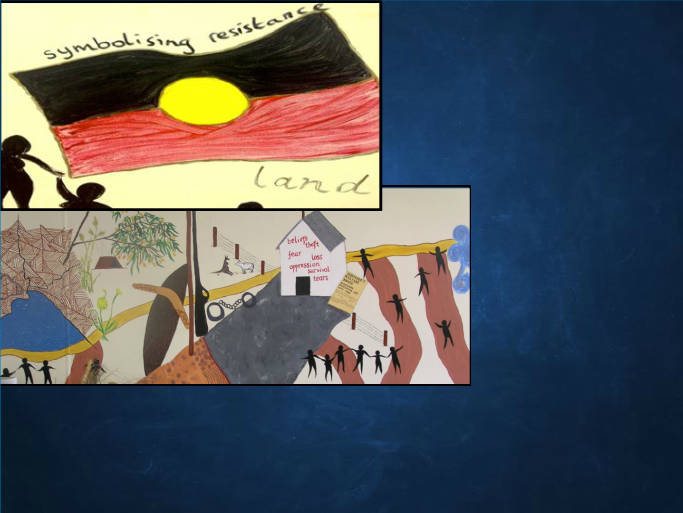
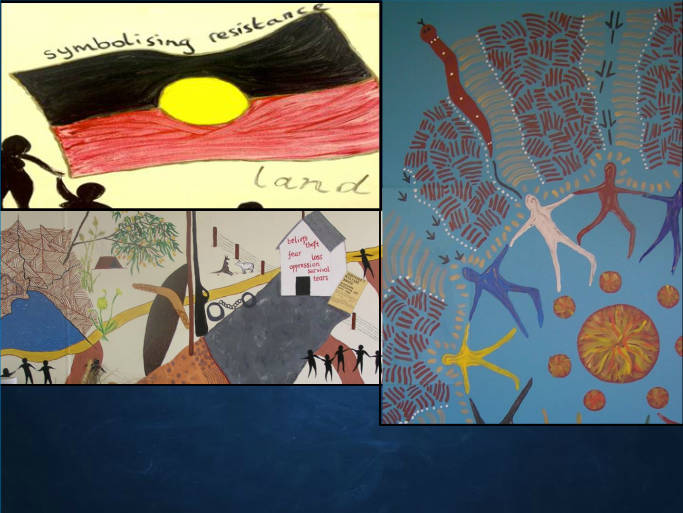
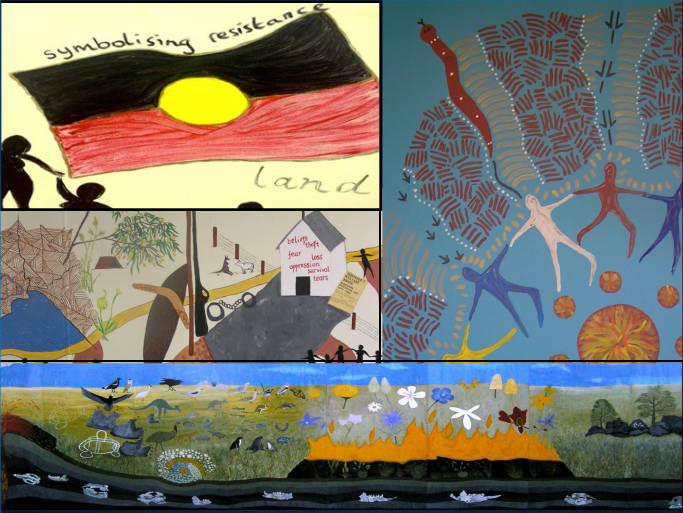
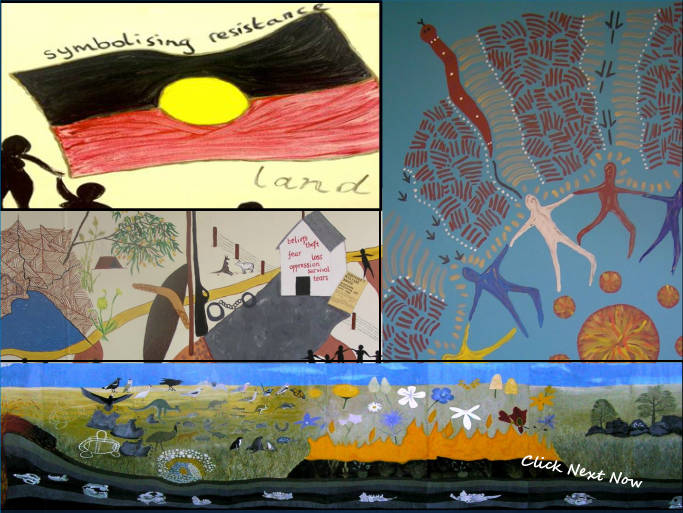
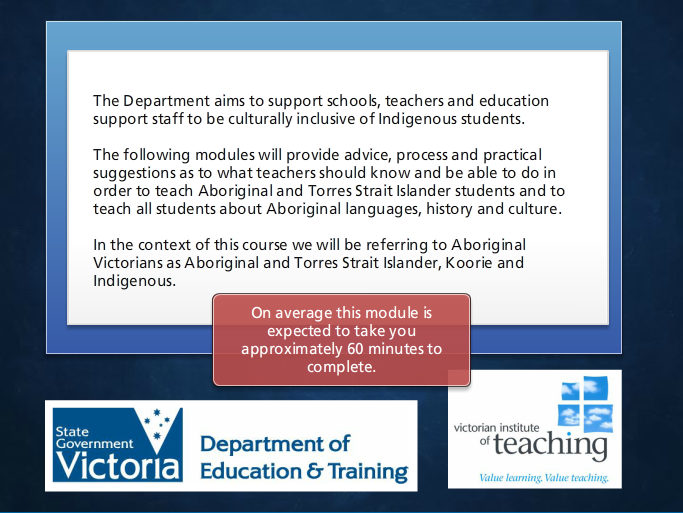
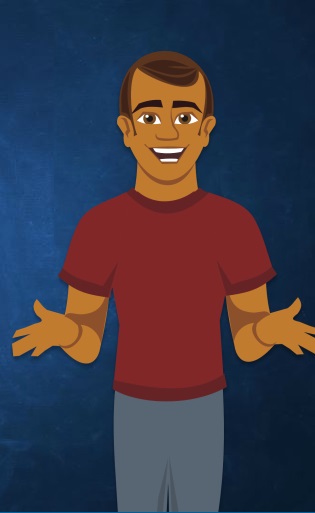
This module is concerned with why we include indigenous perspectives in schools and classroom learning for all Victorian students and it will help school staff by providing a brief overview of Victorian Aboriginal history.
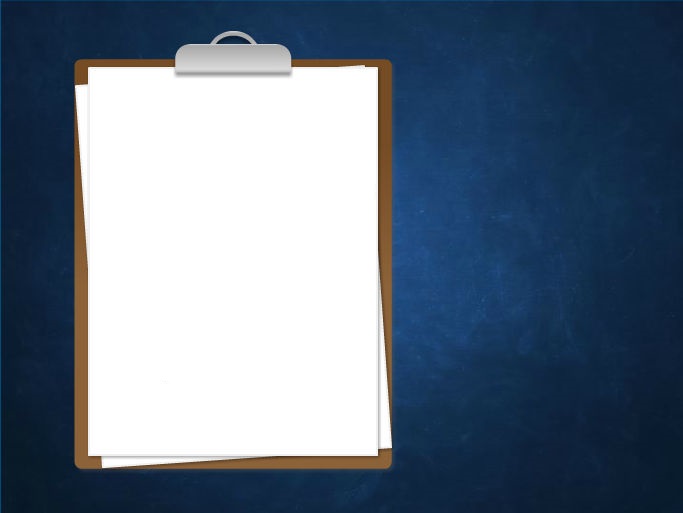
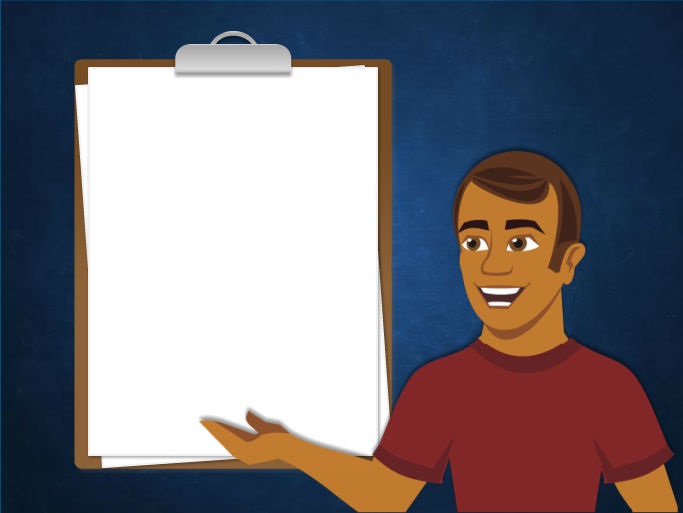
On completion of this module you will have gained an overview of Victorian Aboriginal history and themes for schools that will give you an insight into how to locally launch and investigate the lived aboriginal history in your local school area.
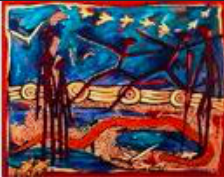
Pre-Invasion
The State now known as Victoria is the territory of 38 Aboriginal language groups who have lived in
the region for
at least the last 60,000 years.
Each group is made up of various clans with their own cultural protocols, dialects and land. Tribal boundaries are strictly adhered to. In the past entering anouther group's land without permission would result in punishment and possibly war.
Relationships within clans and between nations are based on complex social and cultural structures. Land is the basis for existence and is cared for and managed with respect.
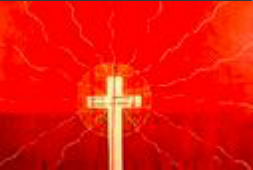
1834-1835
The first Europeans colonised Victoria and claimed parts of the land as their own. Edward Henty and
his father Thomas
squatted in the Western District in 1834 with no prior permission from the Colonial Government or
Indigenous clans.
In 1835, John Batman claimed to have signed treaties with representatives of the Kulin Nations that gave him ownership of large areas of the Port Phillip District.
The Colonial Government rejected his treaty claim outright as they did not recognise prior Aboriginal ownership of the land. This was the beginning of the rapid settlement of Victoria by Europeans.

1836-1838
The British Government, concerned with the effects of colonisation on the Indigenous
people of all British settlements,
appointed a Select Committee whose findings ultimately led to the establishment of the Aboriginal
Protectorate of
the Port Philip District.
In 1838, George Augustus Robinson was appointed the first Chief Protector due to his success at moving the surviving Indigenous Tasmanians off their homelands and onto Flinders Island
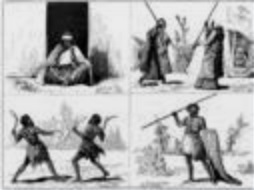
1860
A Central Board to watch over the interests of the Aboriginal People in the Colony of Victoria was
established.
It would continue in various forms, to control every aspect of Indigenous people's lives in this state for the next hundred years.
The Board was comprised of male pastoralists, philanthropists, government and church officials.
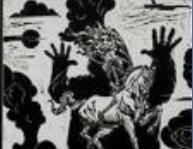
1886
The Victorian Colonial Government passed an amended Act to Provide for the Aboriginal Natives of
Victoria that stated
that only 'full-blood' Aboriginal People and 'half-caste' Aboriginal people over the age of 34 were
entitled to
government assistance on Aboriginal reserves.
The Government implemented the Act in January 1890 with the purpose of eventually closing down all missions and reserves in the state.
The Act resulted in many Aboriginal people and families being forced off the missions and reserves, dividing families and communities.
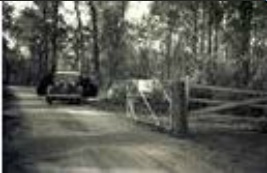
1957
An Act of State Parliament replaced the Board, then known as the Board for the Protection of
Aboriginies, with the
Aboriginies Welfare Board.
The role of this body was to advocate a policy of assimilation, merging Koorie individuals, families and identity into the broader Australian society.
This policy shift threatened the closure of the two remaining reserve sites, Framlingham and Lake Tyers.
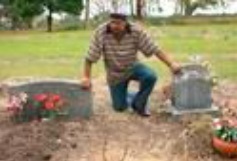
1995
The Indigenous Land Corporation was established as a Commonwealth statutory authority to assist
Indigenous peoples
in Australia to acquire land and to manage Indigenous-held land in a sustainable way to provide
cultural, social,
economic or environmental benefits for themselves and for future generations
This fund has assisted with the purchase of land that has historical significance to teh Koorie communities in Victoria including Coranderrk.
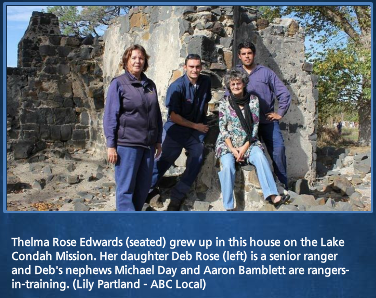
150 Years of Lake Condah: ongoing heritage management and cultural revitalisation.
The Lake Condah Mission is a part of the land of the Gunditjmara people and is located outside of
Heywood in Western
Australia. The Working Country Program enables Traditional Owners to preserve the rich cultural heritage
of Lake Condah
and share the history and place with others.


Click on the image above to read a snapshot of Victorian Aboriginal Health.
When reading this:
a) appreciate the holistic understanding of Victorian Aboriginal life
b) the connection between individual good health and a healthy community
and
c) the role education plays in building and maintaining healthy communities.
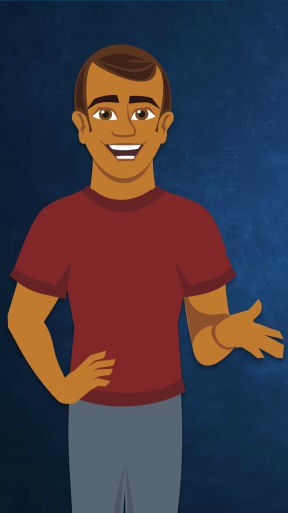
Visit the Australian Bureau of Statistics where you will learn about the Health and Welfare of
Australia's Aboriginal
and Torres Strait Islander Peoples

Congratulations you have completed the first part of Module 2. it's now time to complete your checklist.
The checklist will allow you to assess your school practice and give you suggested action items to help
make your school inclusive of Aboriginal people



